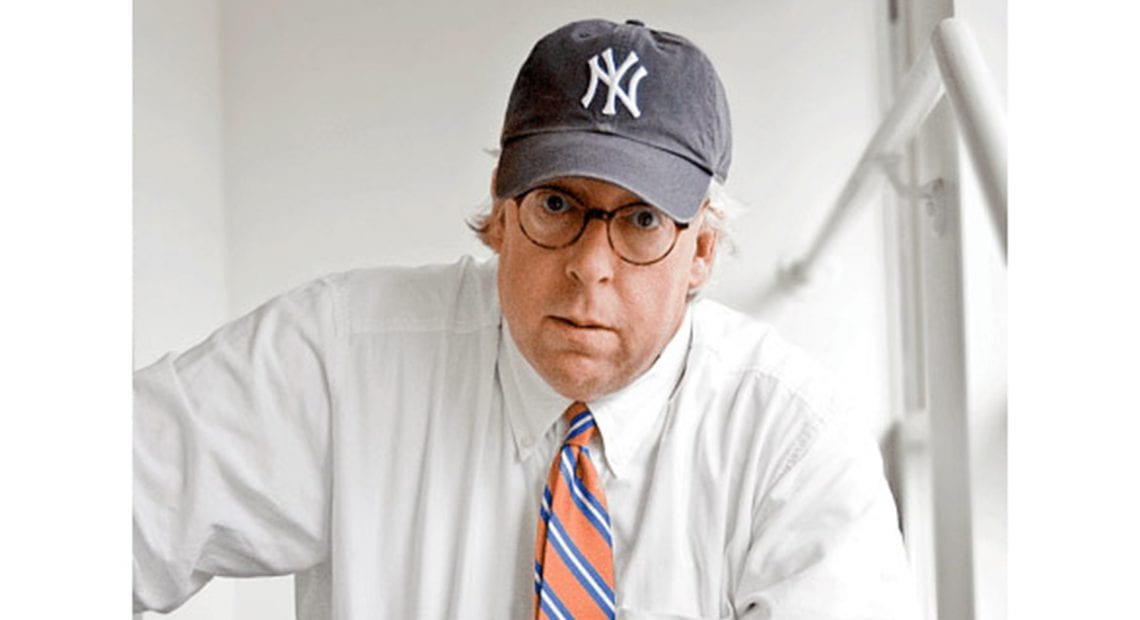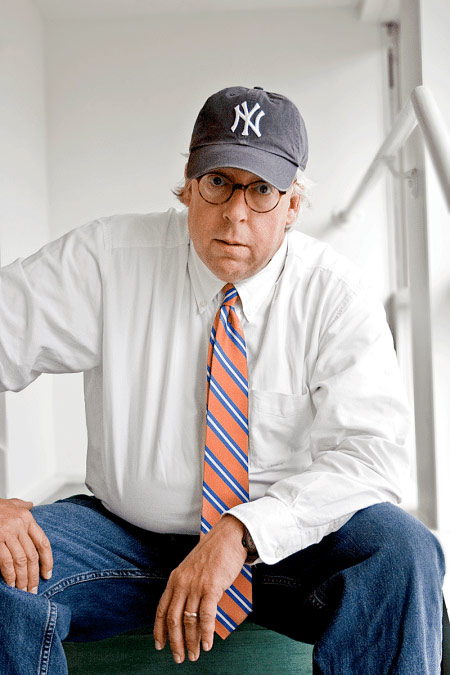How to Handle Unemployment Fraud
By Chris Geehern
State officials and Massachusetts employers continue to deal with a surge of fraudulent unemployment-insurance claims generated as part of a national scheme using stolen personal information to attempt to access jobless benefits.
Criminal enterprises with access to stolen personal information from prior national data breaches have been taking advantage of the COVID-19 pandemic by attempting to file large numbers of unemployment-benefit claims through the Massachusetts Department of Unemployment Assistance (DUA) system.
DUA revealed in July that 58,000 fraudulent claims had been detected, preventing the loss of $158 million. At the time, the Department of Labor said it was working with the state and federal law enforcement to investigate the fraud and hired a private accounting firm to perform a forensic audit. Now, fake unemployment claims are on the rise once again as scammers appear to be targeting public employees.
Associated Industries of Massachusetts (AIM) has also continued to receive reports from member companies about fraudulent unemployment claims. Companies report in some cases that employees have been unaware that a fraudulent claim has been filed in their names and are thus unable to bring the scam to the attention of their employers.
Employees and employers should work together to address the scam by reviewing a set of online identity-fraud tools developed by DUA. Meanwhile, state officials are providing guidance to employers on how each of the following situations where there is a questionable claim should be handled.
If an employer has received a ‘Confirmation of Employment’ letter, complete the form online. If the person still works for you, select ‘still employed part-time,’ even if the person is a full-time employee. If the person never worked for you, select ‘The claimant did not work for me during the time period stated.” The employer should encourage the employee to file a fraud report and follow the guidance at www.mass.gov/info-details/report-unemployment-benefits-fraud.
If an employer has received a ‘Lack of Work’ letter for an employee who either has never worked for the company or is employed by the company without any break in service for the past year, follow the same instructions as for a ‘Confirmation of Employment’ letter.
If the employer or employee is responding to a ‘Fact Finding Letter,’ complete the form as provided. Employers should inform employees who had a claim filed without their permission to visit the website noted above to report the fraudulent claim and find information and advice on other things they should do to protect their identity.
If an employer has received a ‘Monetary Determination’ with which they disagree, encourage the employee to file a fraud report and follow the guidance at the website.
If an employer is protesting a claim a result of a ‘Benefit Charge Statement’ they are in disagreement with, protests can only be filed online and not by any other mechanisms. On the online form, enter a comment saying ‘fraudulent claim’ and then provide information why you believe the claim was fraudulent (for example, the claimant still works for our company, and when we spoke to the claimant, they said they never filed a claim).
In a case where both the employer and the employee acknowledge the claim was not filed by the employee, the employer should fill in the protest form using their UI Online account, and the employee should file a fraud report and follow the guidance at the website noted above.
Chris Geehern is executive vice president of Associated Industries of Massachusetts.






 Words and money.
Words and money.

 Remember that classic scene in Young Frankenstein (even you Millennials have seen it, I’m sure) when Gene Wilder (Dr. Frederick Frankenstein, pronounced Frankensteeen), and Marty Feldman (Igor) are in the graveyard digging up the corpse that will become the monster. Wilder says, “what a filthy job!” Feldman says, “it could be worse.” Wilder asks, “how could it possibly be worse?” Feldman says, “could be raining.”
Remember that classic scene in Young Frankenstein (even you Millennials have seen it, I’m sure) when Gene Wilder (Dr. Frederick Frankenstein, pronounced Frankensteeen), and Marty Feldman (Igor) are in the graveyard digging up the corpse that will become the monster. Wilder says, “what a filthy job!” Feldman says, “it could be worse.” Wilder asks, “how could it possibly be worse?” Feldman says, “could be raining.”

